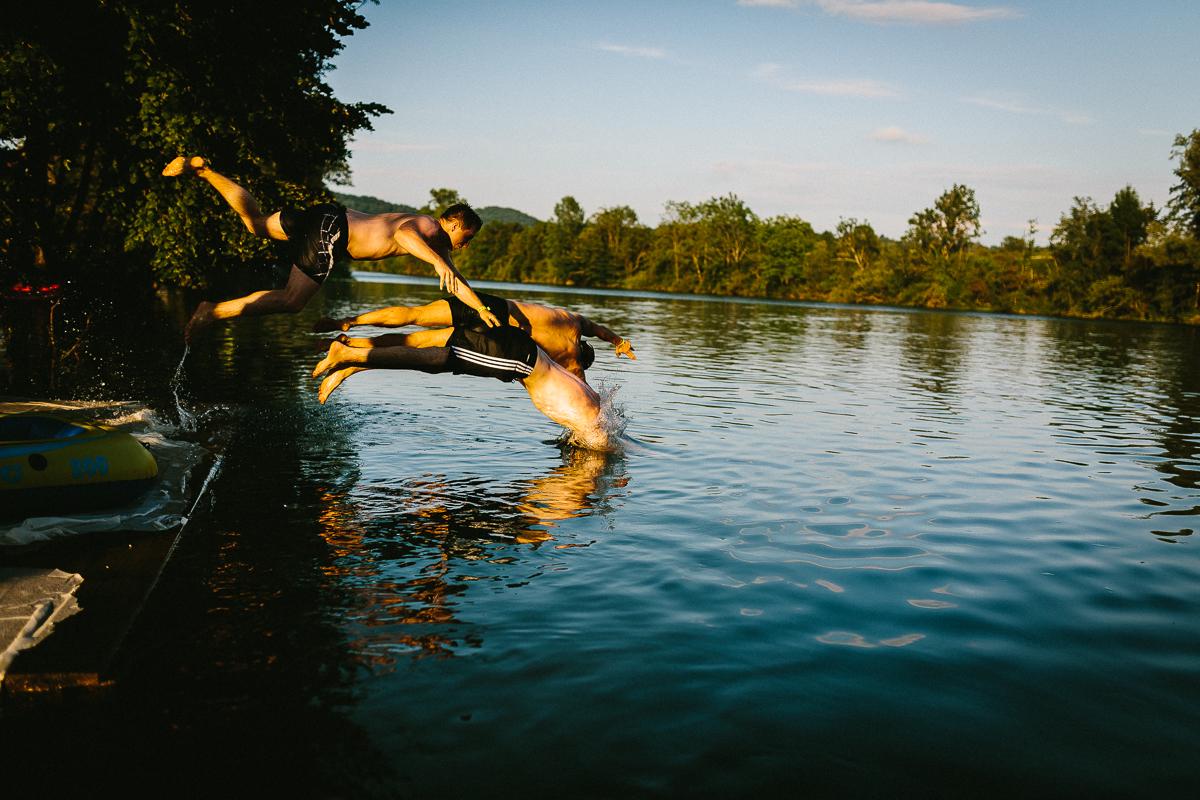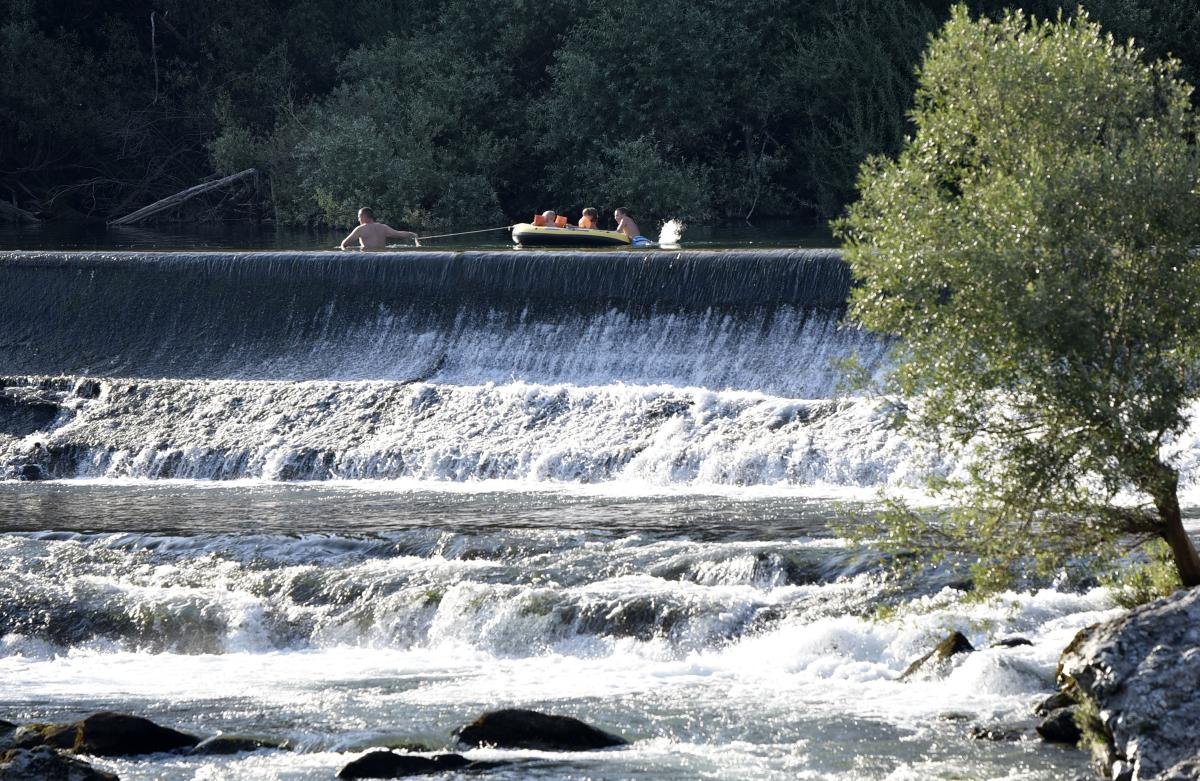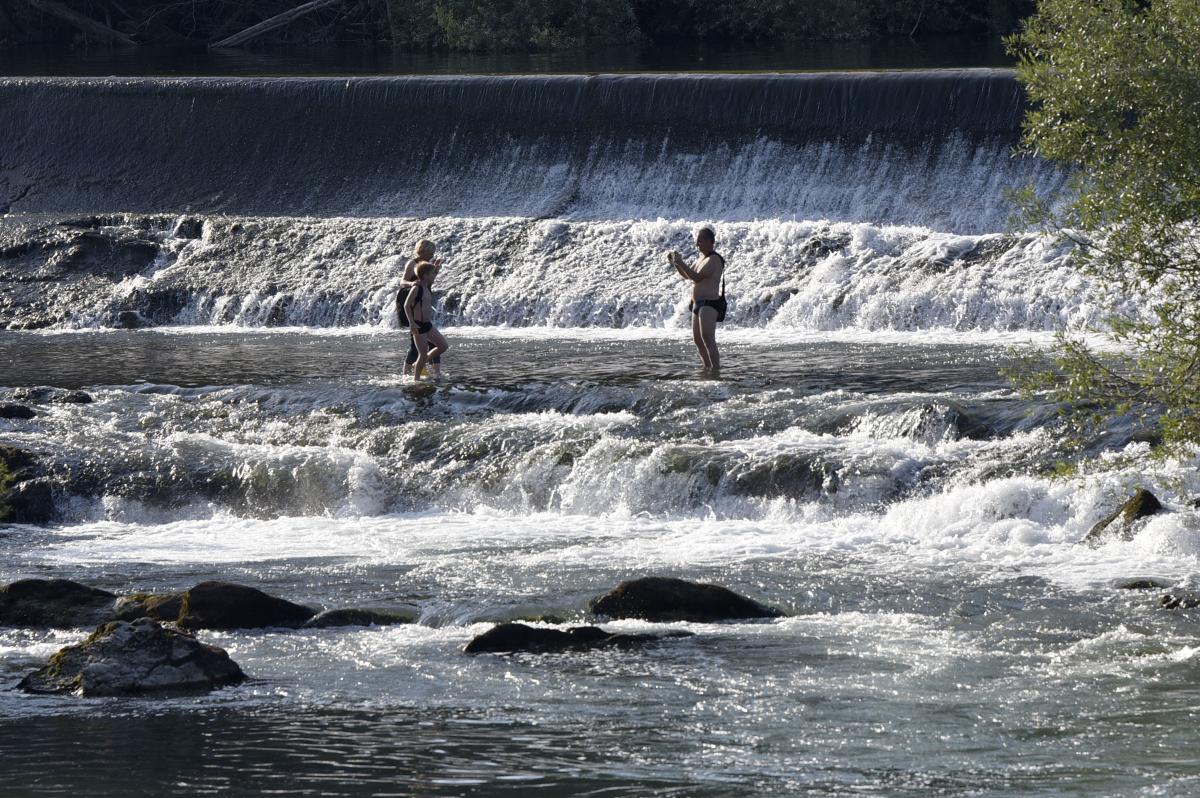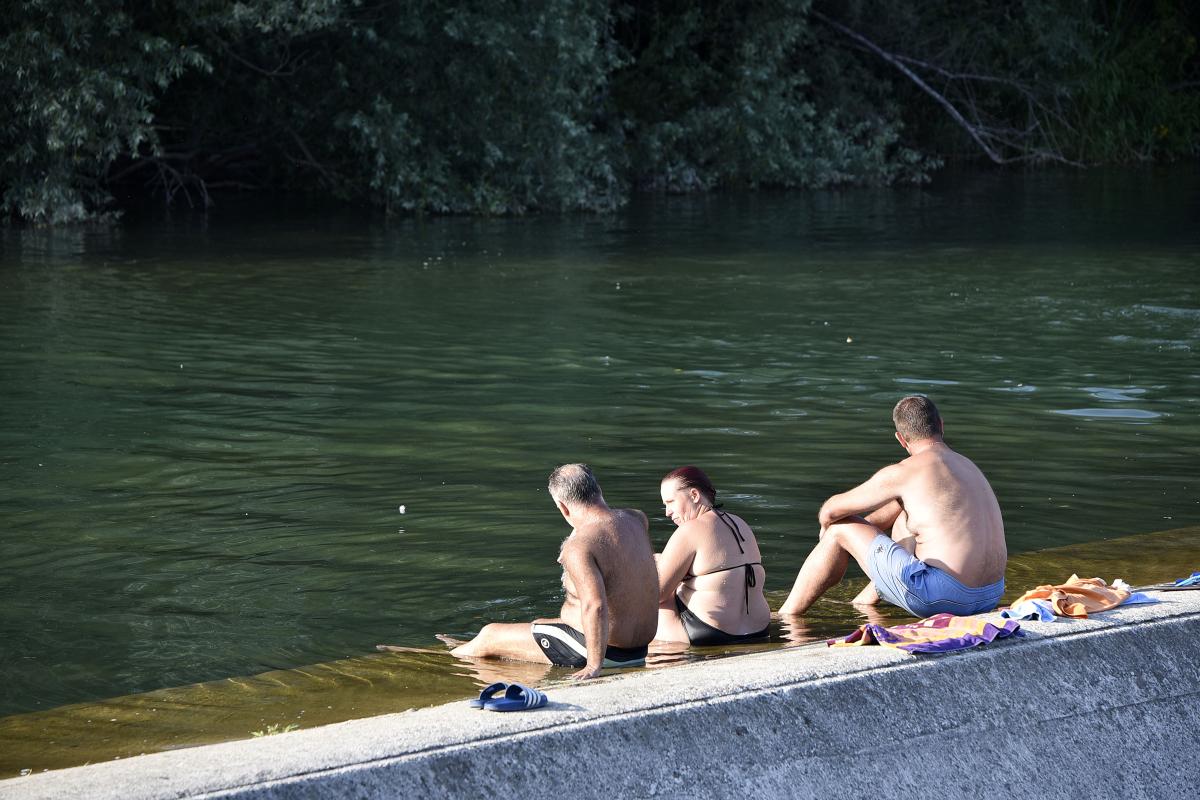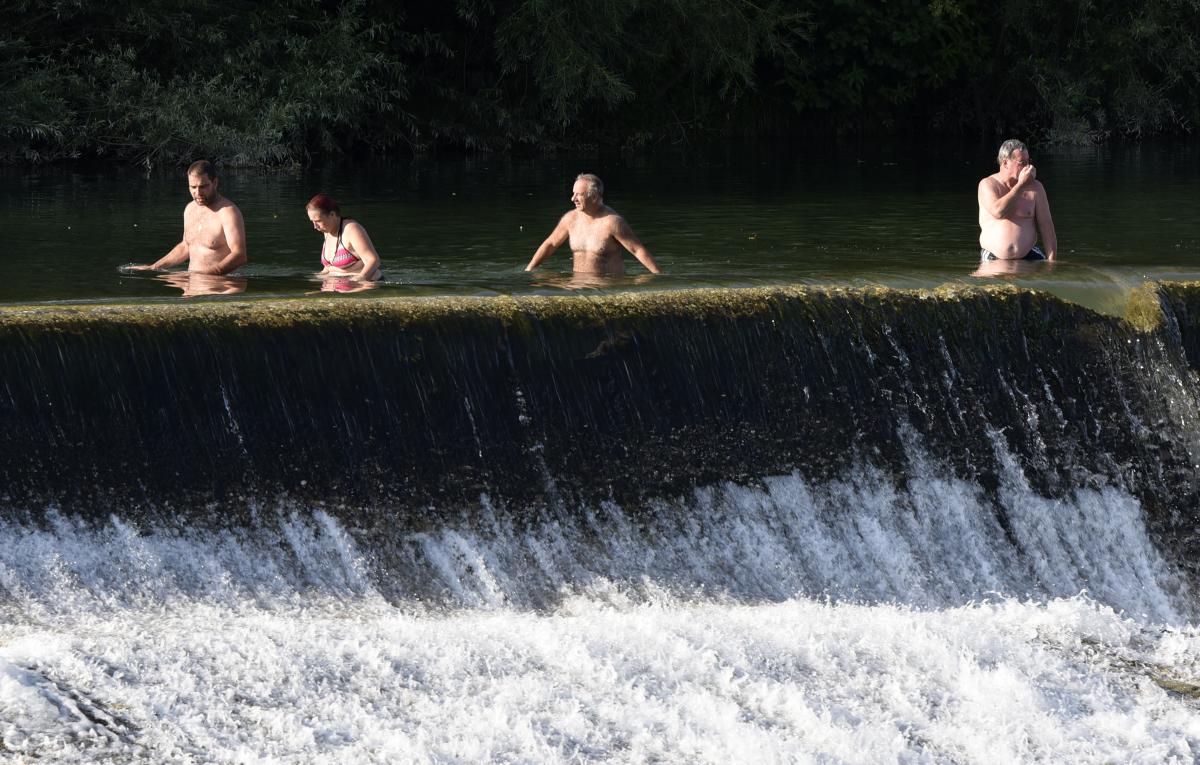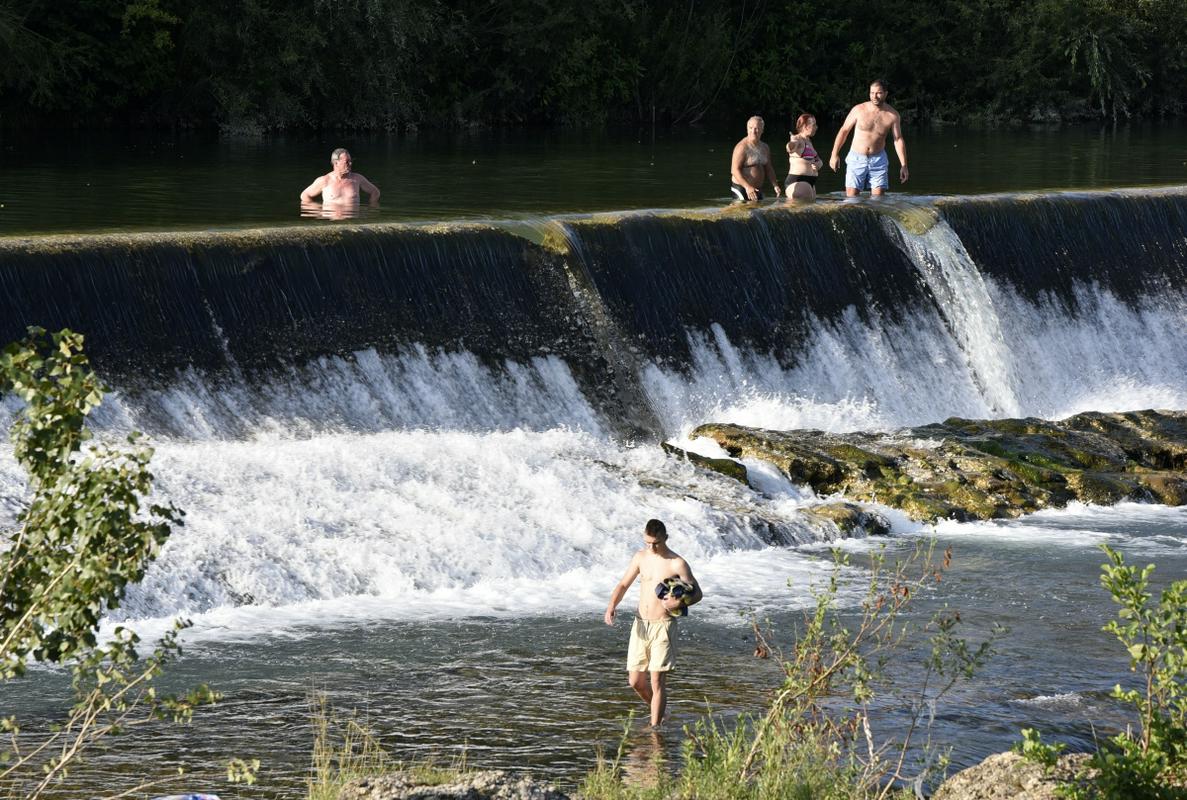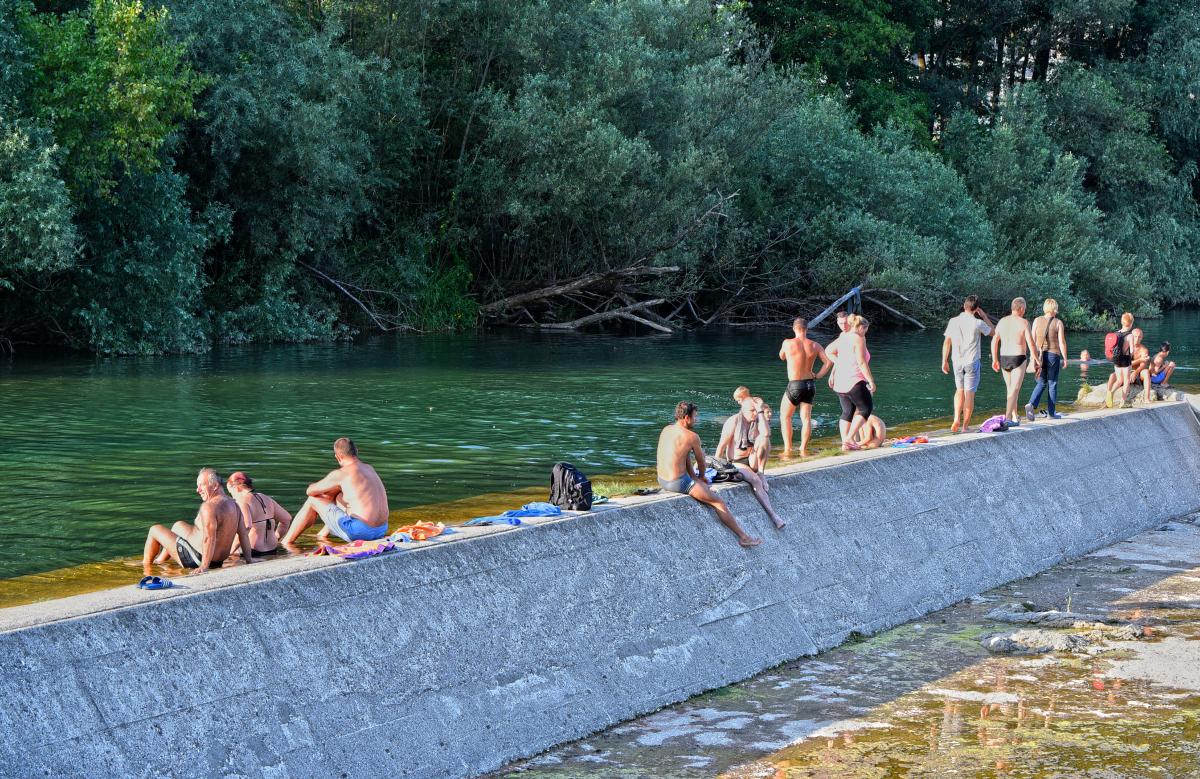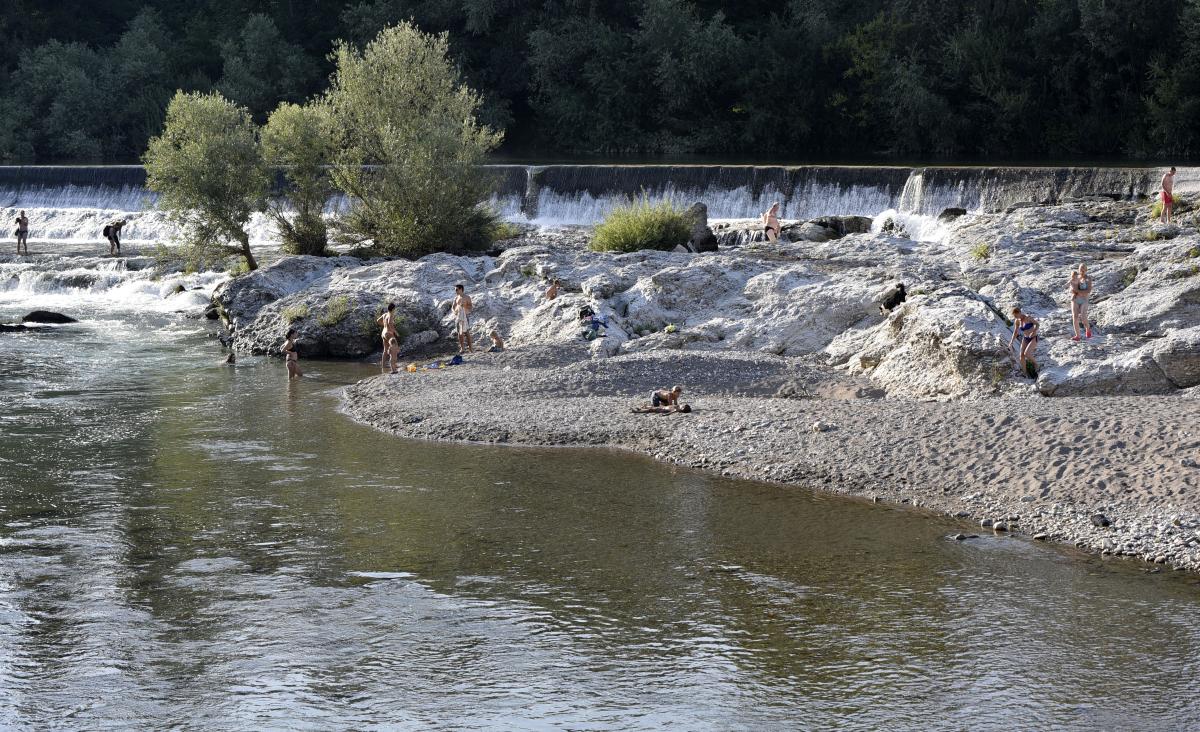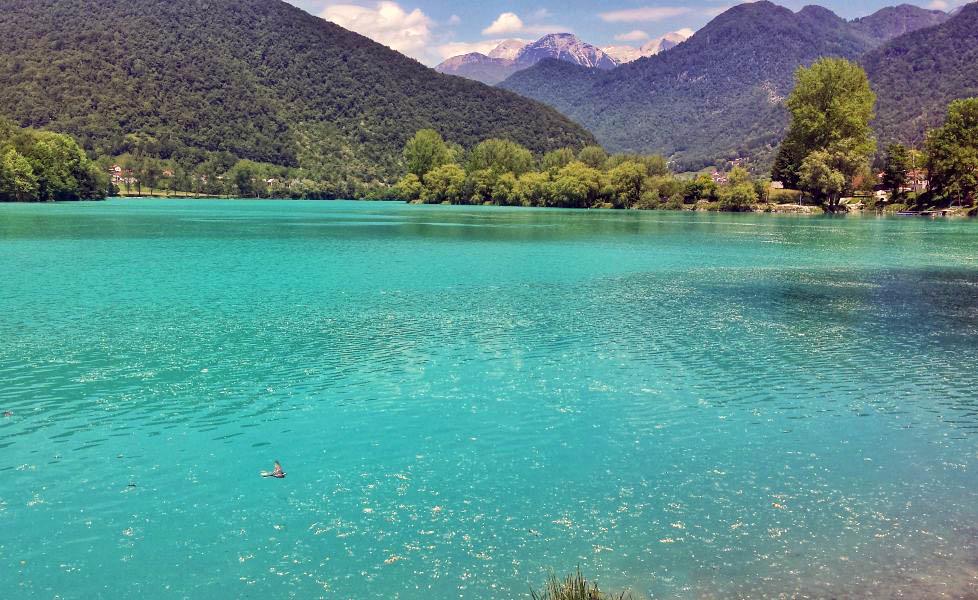
It was a hot day on the Slovene Riviera, as the Kolpa River is often called in tourism circles – with the mercury hitting 35° C in Metlika, while the water at Podzemelj reached 27° C. "We call it Koupa. There’s not much to write about it. Kolpa is Kolpa, it is ours, from the Bela Krajina region," said a visitor to the Podzemelj bathing area for TV Slovenija. “Kolpa rules, good temperature, clean water.”
“The Bela Krajina region has become one of the bright spots of Slovene tourism, even though it has not been promoted much. But I think that with the Kolpa River, we are creating ideal conditions for the development of tourism,” said Matjaž Pešelj, director of the company Gostinstvo in turizem Metlika.
Even the youngest bathers know what the Kolpa is. “It is a border river between Slovenia and Croatia.” There are many bathing areas and camps along the Slovene side of the river, which separates Slovenia and Croatia for several hundred kilometres. And visitors often swim over to neighbouring Croatia. “Of course we swim over to the other side, why not?” And what will the Bela krajina region be remembered for? “It is beautiful, it is hot and they have good wine here.”
Refreshing, almost cold Soča
On these hot days, you can also cool off in the Soča river, at less than 20° C. At Kanal, people are beating the heat wave on the river’s pebble beach, organised by the youth of Kanal. The bravest are preparing for the upcoming traditional jumps from a 17m high bridge. For those who find the river too cold, Kanal offers interesting events in the shade of the trees on the banks of the Soča – from a library to concerts for all generations.
We also checked out how bathers are cooling off in the Sora river. You can see some of the highlights in the photographs below.
(photo: BoBo)
P. B., Petra Držaj and Mojca Dumančič; translated by A. L.




















































